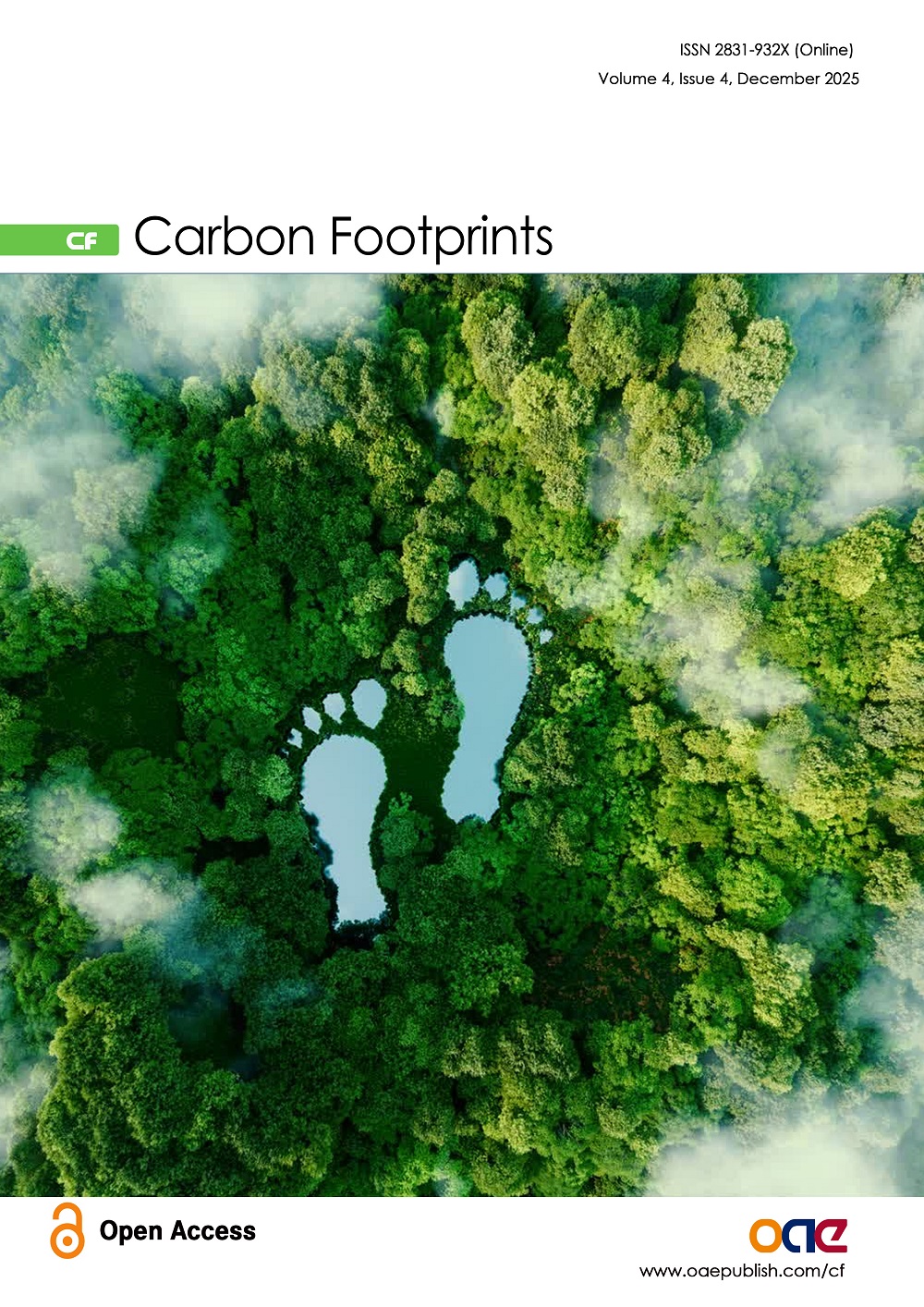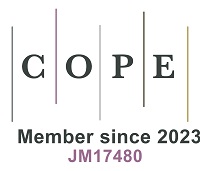Volume 4, Issue 4 (2025) – 6 articles
Cover Picture: Methane is a potent greenhouse gas with a 100-year global warming potential of 27.9 and has become a major focus in global climate governance. As a major emitter, China faces substantial challenges in managing methane emissions from its waste sector. This study examines the patterns of methane generation and the potential for mitigation across different waste disposal systems in China. We established a comprehensive methane accounting model and quantified emissions from four waste sectors: municipal solid waste, urban sewage, agricultural cropping, and livestock and poultry farming. Using data from 2018 to 2022, we found that total methane emissions from waste in China were 10.2 million tons in 2022, representing a 27.8% decline, mainly due to substantial reductions in municipal solid waste emissions. In contrast, emissions from agricultural sources, particularly livestock and poultry farming, have increased, underscoring the need for targeted mitigation strategies. To assess future pathways, three policy scenarios were designed: Business as Usual (BAU), Urban Waste Recycling (UWR), and Agricultural Carbon Reduction and Sequestration (ACRS). The projections for 2025-2030 indicate that the ACRS scenario yields the greatest reduction in methane emissions, driven primarily by straw-to-fuel utilization and improved livestock manure management. This study provides valuable insights into the sources, drivers, and future trajectories of methane emissions from waste in China, and offers policy recommendations to maximize methane mitigation benefits while minimizing greenhouse gas abatement costs.
view this paper 








